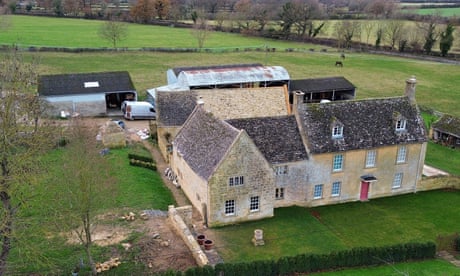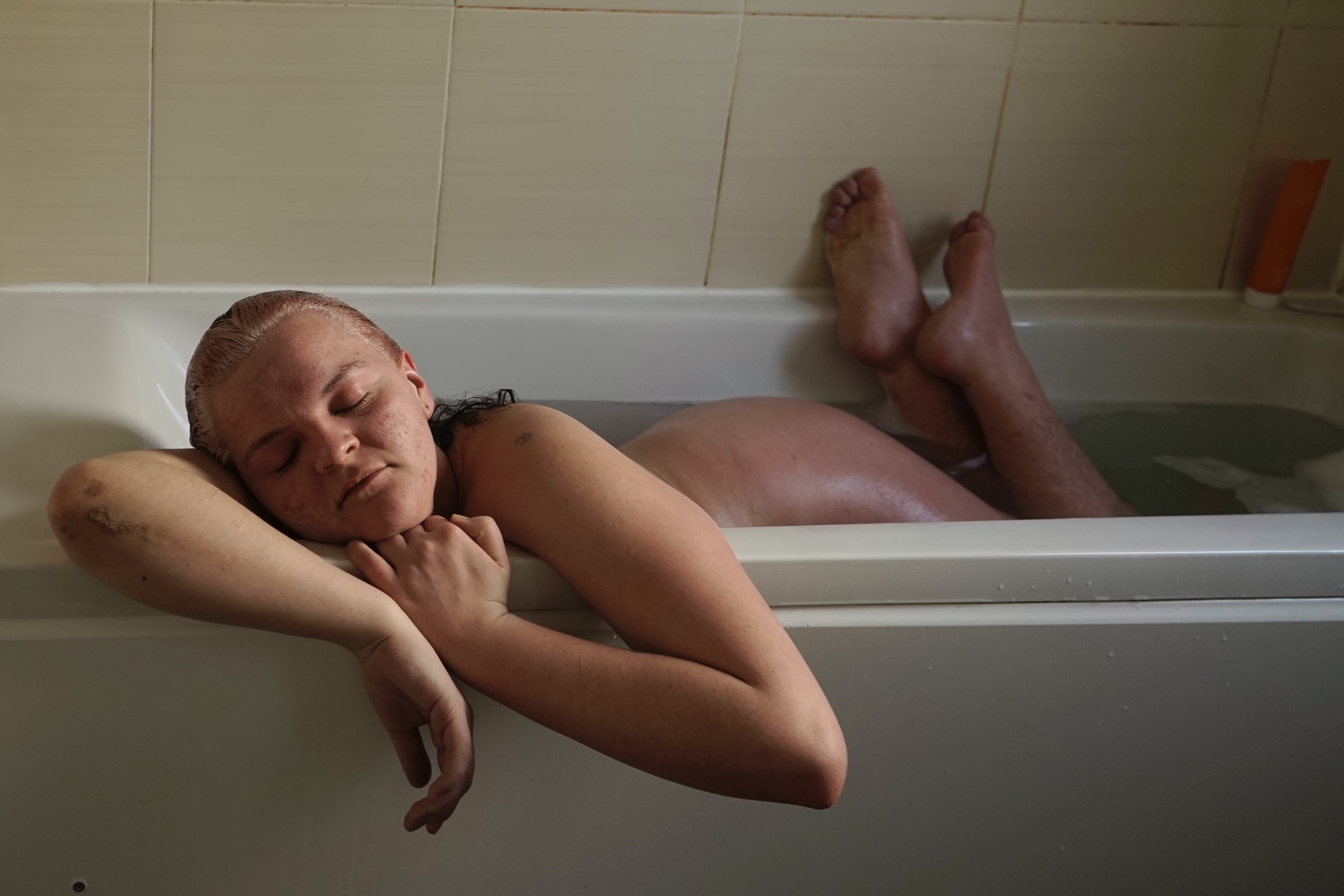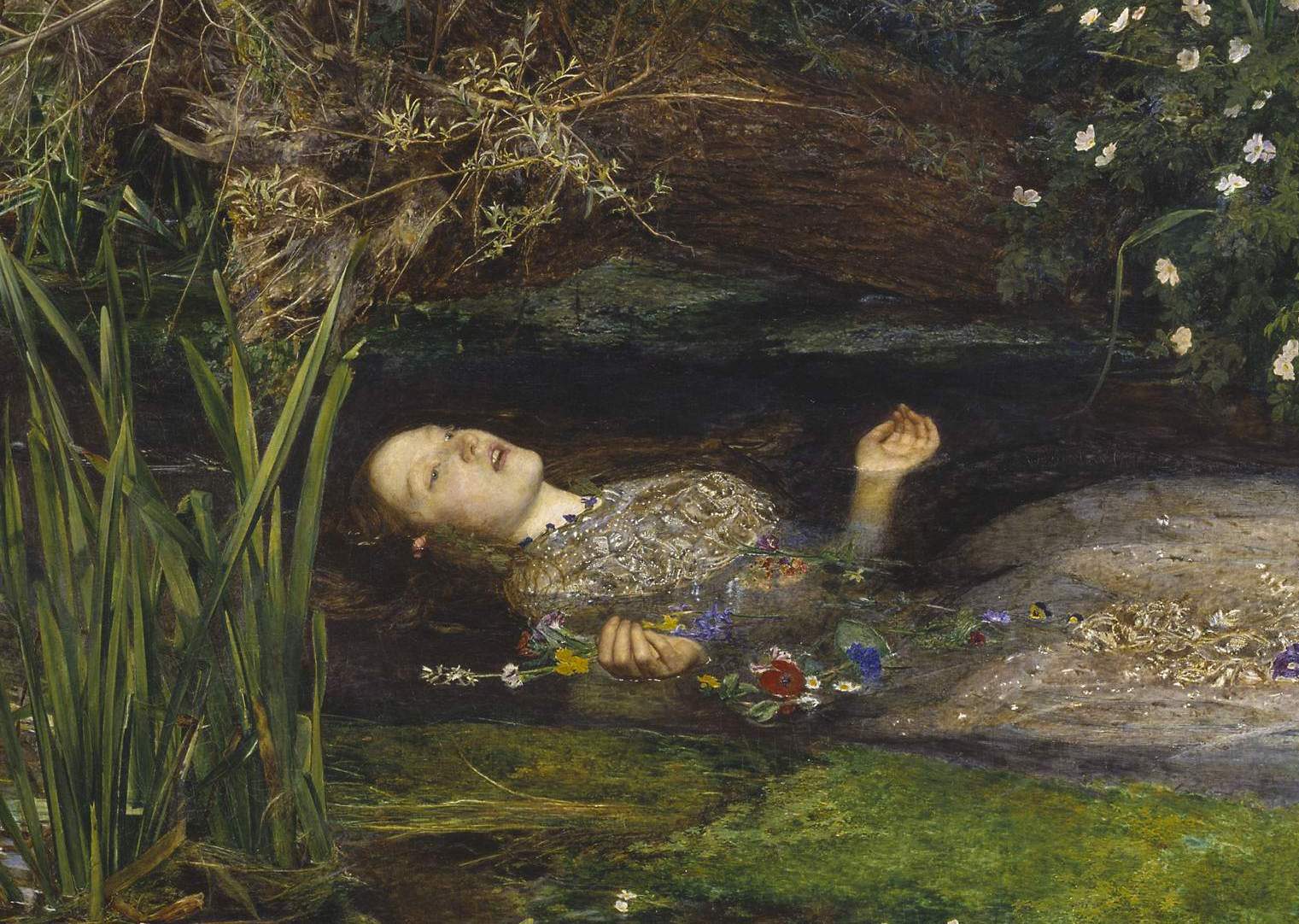The Illusion of Everything
2014 - Film & Video (Film & Video)
Daniel Crooks
The Illusion of Everything (2014) follows an unseen pedestrian as he navigates the Australian city of Melbourne’s dense and intricate network of laneways. The video begins with the pedestrian traversing a seemingly idyllic ivy lined stone and concrete thoroughfare. As his pace begins to accelerate, the camera follows him with greater urgency, slowly settling and become stable again as his pace decelerates. At various moments, side alleys and apertures appear, inviting the pedestrian to take a turn. But before he can, the camera fades out, dissolving to the image of yet another laneway, near identical to the last. The pedestrian continues his forward march again, traversing the next lane until the fade out/dissolve repeats itself again. The sky overhead begins to transition from day to night as the video progresses, and with each dissolve, time itself seems to fade away. The Illusion of Everything is an intricate work of montage: in order to produce the work, Daniel Crooks filmed nearly 200 laneways throughout Melbourne at various points throughout the day and evening hours, finally editing them into a “singular whole, or new whole”. Crooks plays on durational aesthetics creates an almost meditative and transfixing experience of movement, but he also disorients his viewers by disallowing any obvious indicators of real-life places. By making us aware of the elemental mechanics of how video manipulates our sense of space and time, Crooks effectively gives us keen insight into how moving images, at their best, effectively disorient and transcend our perceptual experiences of inhabiting a body.
Daniel Crooks works primarily with video and moving images. Originally trained in animation, he works with time and space as materials and always-evolving digital technology to create complex structures that manipulate and challenge viewers’ perceptions of spatial and temporal dimensions. The intricate and technical aspects of his work often contrast with the commonality of the subject matter, and his videos depict seemingly mundane acts such as walking through a laneway or back alley as a point of departure for more trenchant investigations into how image-based cultures both inform and distort our perceptual experiences of inhabiting our bodies. Crooks received his Bachelor of Graphic Design from Auckland Institute of Technology and his Graduate Diploma of Animation from Victorian College of the Arts School of Film and TV in Melbourne. He has exhibited his work extensively in notable venues internationally, including the Tate Modern in London (2008).
Colors:
Related works sharing similar palette

© » KADIST
Bady Dalloul
2017geopoliticalThe Great Game is a series of works composed of a number of card combinations illustrated by the faces of key political figures shaping the geopolitical landscape in the Middle East...

© » KADIST
Michelle and Noel Keserwany
2022Les Chenilles by Michelle and Noël Keserwany is a sensual film that translates the source of women’s oppression into the means for their liberation...

© » LARRY'S LIST
Collect Like an Expert: How to Find Great Emerging Artists | Art & Object Skip to main content Subscribe to our free e-letter! Webform Your Email Address Your Role Art Collector/Enthusiast Artist Art World Professional Academic Country USA Afghanistan Albania Algeria American Samoa Andorra Angola Anguilla Antarctica Antigua & Barbuda Argentina Armenia Aruba Ascension Island Australia Austria Azerbaijan Bahamas Bahrain Bangladesh Barbados Belarus Belgium Belize Benin Bermuda Bhutan Bolivia Bosnia & Herzegovina Botswana Bouvet Island Brazil British Indian Ocean Territory British Virgin Islands Brunei Bulgaria Burkina Faso Burundi Cambodia Cameroon Canada Canary Islands Cape Verde Caribbean Netherlands Cayman Islands Central African Republic Ceuta & Melilla Chad Chile China Christmas Island Clipperton Island Cocos (Keeling) Islands Colombia Comoros Congo - Brazzaville Congo - Kinshasa Cook Islands Costa Rica Croatia Cuba Curaçao Cyprus Czechia Côte d’Ivoire Denmark Diego Garcia Djibouti Dominica Dominican Republic Ecuador Egypt El Salvador Equatorial Guinea Eritrea Estonia Eswatini Ethiopia Falkland Islands Faroe Islands Fiji Finland France French Guiana French Polynesia French Southern Territories Gabon Gambia Georgia Germany Ghana Gibraltar Greece Greenland Grenada Guadeloupe Guam Guatemala Guernsey Guinea Guinea-Bissau Guyana Haiti Heard & McDonald Islands Honduras Hong Kong SAR China Hungary Iceland India Indonesia Iran Iraq Ireland Isle of Man Israel Italy Jamaica Japan Jersey Jordan Kazakhstan Kenya Kiribati Kosovo Kuwait Kyrgyzstan Laos Latvia Lebanon Lesotho Liberia Libya Liechtenstein Lithuania Luxembourg Macao SAR China Madagascar Malawi Malaysia Maldives Mali Malta Marshall Islands Martinique Mauritania Mauritius Mayotte Mexico Micronesia Moldova Monaco Mongolia Montenegro Montserrat Morocco Mozambique Myanmar (Burma) Namibia Nauru Nepal Netherlands Netherlands Antilles New Caledonia New Zealand Nicaragua Niger Nigeria Niue Norfolk Island Northern Mariana Islands North Korea North Macedonia Norway Oman Outlying Oceania Pakistan Palau Palestinian Territories Panama Papua New Guinea Paraguay Peru Philippines Pitcairn Islands Poland Portugal Puerto Rico Qatar Romania Russia Rwanda Réunion Samoa San Marino Saudi Arabia Senegal Serbia Seychelles Sierra Leone Singapore Sint Maarten Slovakia Slovenia Solomon Islands Somalia South Africa South Georgia & South Sandwich Islands South Korea South Sudan Spain Sri Lanka St...

© » THE GUARDIAN
Restoration expert broke planning laws with work to his Cotswolds farmhouse | Gloucestershire | The Guardian Skip to main content Skip to navigation Skip to navigation John Evetts admitted carrying out work at his £1.5m farmhouse in the village of Saintbury, near Chipping Campden, without planning permission...

© » KADIST
Sofía Córdova
2021Set some time in the future, Sofía Córdova’s multi-channel film installation GUILLOTINÆ Wanna Cry, Act Yellow: Break Room imagines a public that worships pop stars and revolutionary leaders equally...

© » 1854 PHOTOGRAPHY
How can photography heal past trauma? Ask a friend - 1854 Photography Subscribe latest Agenda Bookshelf Projects Industry Insights magazine Explore ANY ANSWERS FINE ART IN THE STUDIO PARENTHOOD ART & ACTIVISM FOR THE RECORD LANDSCAPE PICTURE THIS CREATIVE BRIEF GENDER & SEXUALITY MIXED MEDIA POWER & EMPOWERMENT DOCUMENTARY HOME & BELONGING ON LOCATION PORTRAITURE DECADE OF CHANGE HUMANITY & TECHNOLOGY OPINION THEN & NOW Explore Stories latest agenda bookshelf projects theme in focus industry insights magazine ANY ANSWERS FINE ART IN THE STUDIO PARENTHOOD ART & ACTIVISM FOR THE RECORD LANDSCAPE PICTURE THIS CREATIVE BRIEF GENDER & SEXUALITY MIXED MEDIA POWER & EMPOWERMENT DOCUMENTARY HOME & BELONGING ON LOCATION PORTRAITURE DECADE OF CHANGE HUMANITY & TECHNOLOGY OPINION THEN & NOW All images © Sophie Russell-Jeffrey Collaborating with her childhood friend, Sophie Russell-Jeffrey was able to access the most difficult episodes of their past – and push her portraiture into raw new territory Sophie Russell-Jeffrey was born and raised in Towcester, a small East Midlands town of around 10,000 people where “everyone knows everyone’s business”...

© » KADIST
Nguyen 'Quoc' Thành
2012A Soldiers’ Garden by Nhà Sàn Collective is a night portrait series located in an army camp outside Hanoi...

© » PRISHTINA INSIGHT
Worker Fatality Rates Still High, BIRN Report Uncovered - Prishtina Insight Home Kallxo Jeta në Kosovë Drejtësia në Kosovë Gazeta JNK Log In Subscribe News Features Opinion Guide Big Deal Archive Follow @prishtinsight Workers labor on the construction site amid the ongoing coronavirus COVID-19 pandemic in Pristina, Kosovo, 24 November 2020...












